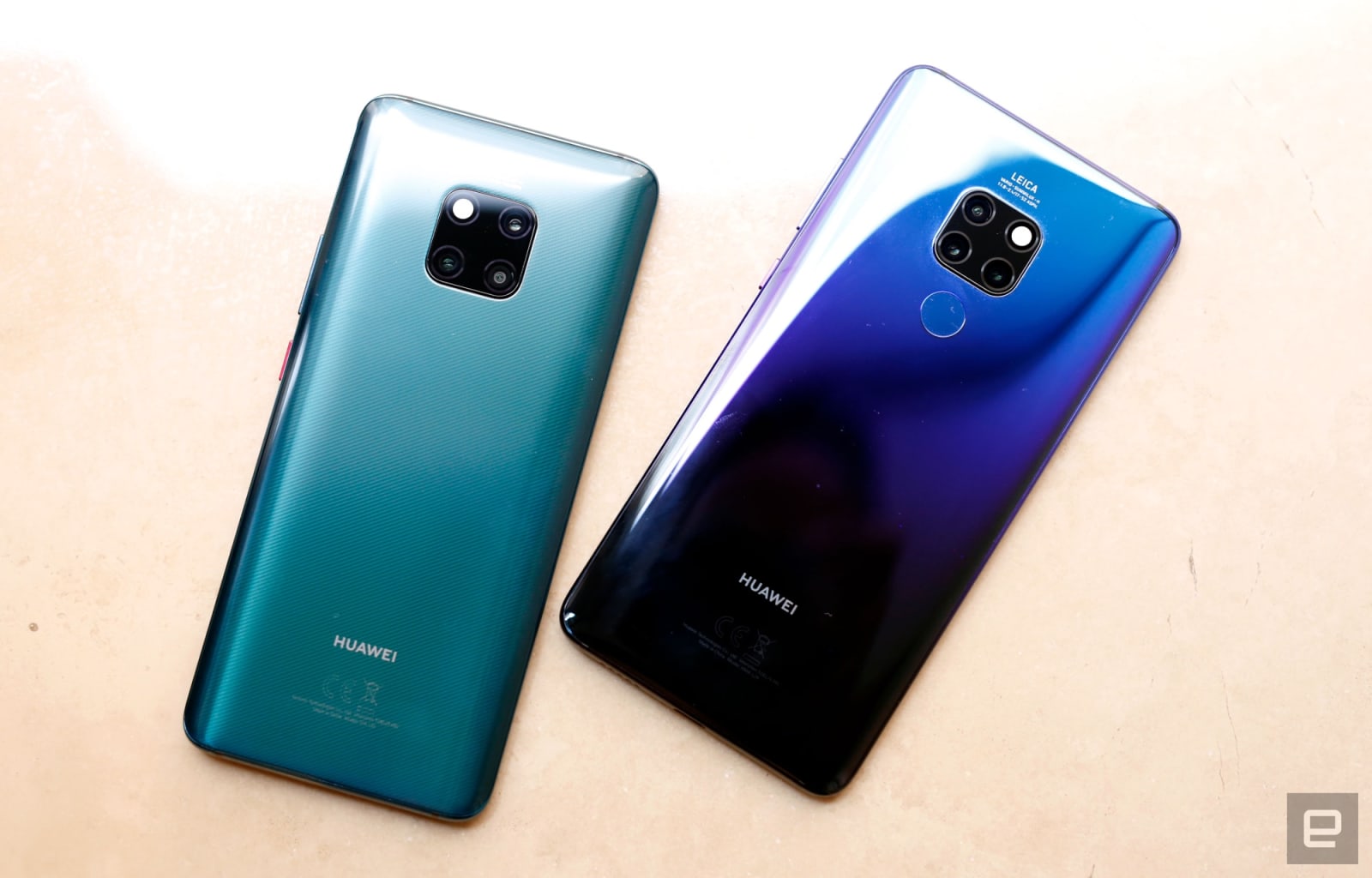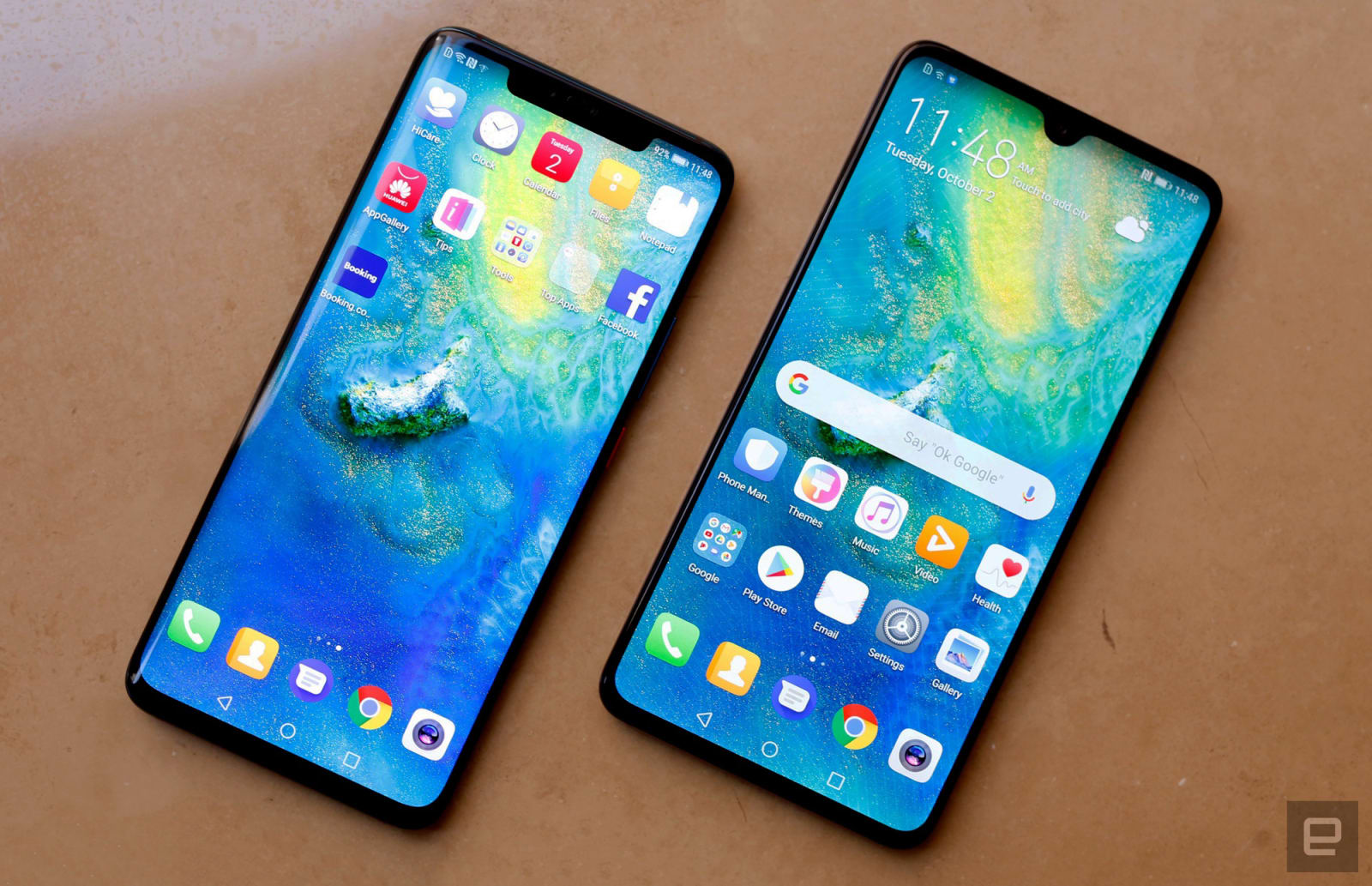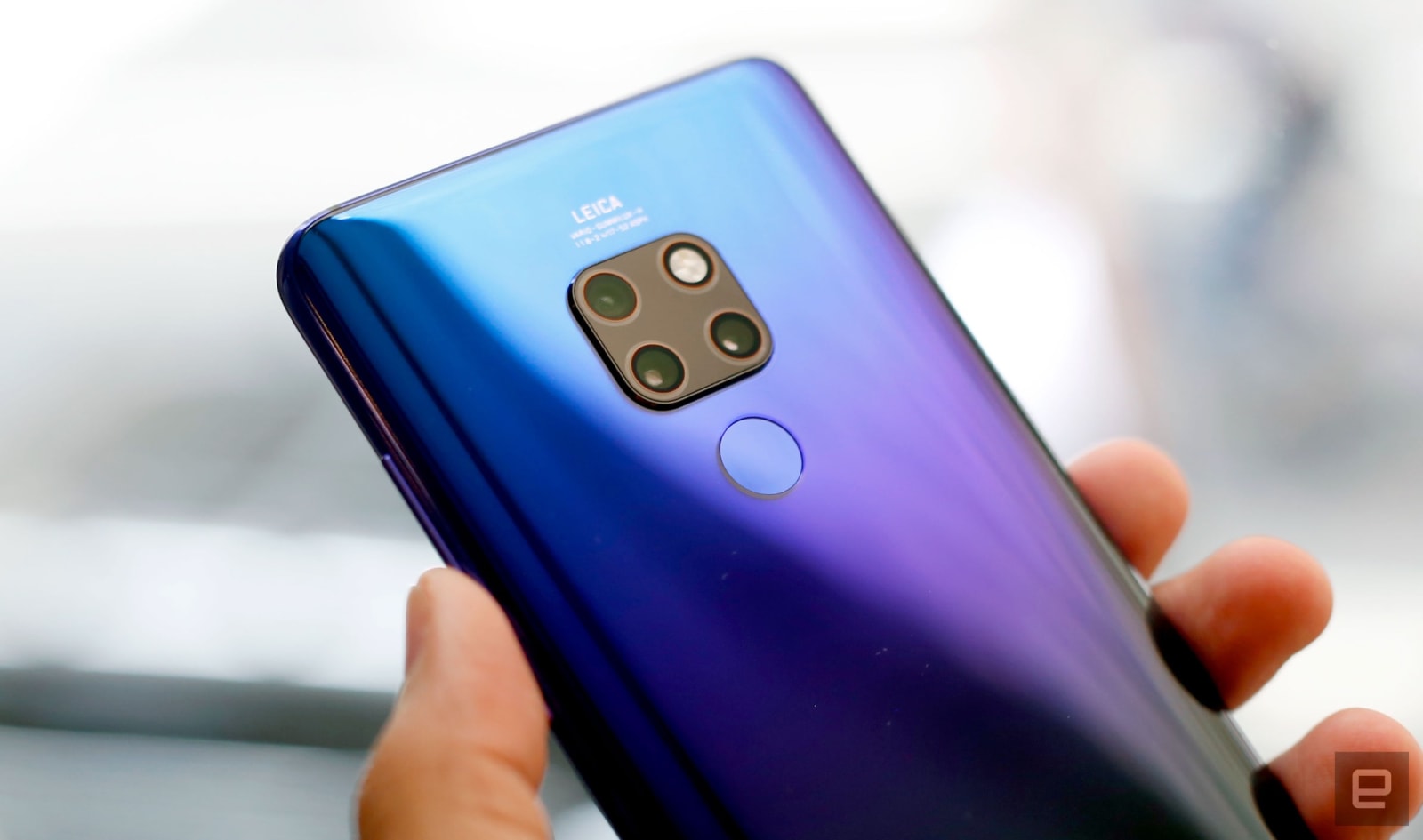Huawei’s P20 Pro is arguably — or unequivocally, as DxO Mark is concerned — the best cameraphone on the market right now. Obviously a quick play with the Mate 20 Pro doesn’t tell the full story, but pictures look pretty damn good on its high-resolution display. The new super-wide-angle lens fits a lot more in the shot than the main 40MP camera, too. Needless to say, we expect extremely good things from the triple camera system when we get a chance to dive a little deeper.
While the camera is easily one of the biggest draws of the Mate 20 Pro, it’s a serious flagship in every other sense, too. It’s powered by Huawei’s brand new octa-core Kirin 980 processor, for example, and its 6GB of RAM and 128GB of expandable storage are as much as anyone could really need. Naturally, Huawei’s new EMUI 9.0 software, based on Android Pie, runs the show. According to the company, responsiveness and app load times are significantly improved compared with the last EMUI version.
The latest build also introduces a simpler settings menu and the next generation of GPU Turbo, which optimizes performance and decreases power consumption while you’re gaming. Any specific claims regarding this behind-the-scenes feature need to be taken with a pinch of salt, though, as Huawei was recently caught cheating benchmark tests. There’s a built-in password manager that stores usernames and passwords on the device (not in the cloud), so you can quickly log in to sites and services using your fingerprint or face, and a new digital wellness feature, too.
Similar to the Android and iOS takes on screen-to-life balance, this will report your usage back to you, let you set time limits on certain apps, and turn the display monochrome when you decide to “wind down” for the day. PC projection, which is Huawei’s version of Samsung’s DeX mode, now works wirelessly, and the phone will act as a more useful touchpad with highlighting and screen capture features.

The Mate 20 Pro’s Kirin 980 chip is worth addressing in greater detail. To conserve as much power as possible, different cores are switched on and off depending on the task at hand. The cores with the highest clock speeds will only kick in to handle gaming, for instance, while more efficient, slower cores will keep things ticking over when the phone’s idle. And that’s in addition to the 7nm architecture, which improves performance and saves power by design compared with 10nm chips. Battery life should be above average, then, and the Mate 20 Pro has a large, 4,200mAh capacity to work with as it is.
I haven’t even gotten around to the device’s other top-end features like its in-screen fingerprint reader, Cat 21 and WiFi 802.11ac Wave 2 support, as well as an IP68 dust and waterproofing rating. Huawei’s thrown absolutely everything at this phone and it shows that, in some respects, the company’s no longer playing catch-up to the darling smartphone brands. If anything, the world’s number two phone manufacturer is leading the way with a few things you can’t find anywhere else.
This time last year, we were left scratching our heads over the Mate 10 and Mate 10 Pro, because there were upsides to both devices. This generation, though, there’s a clear separation between the two. The Mate 20 has a larger, 6.53-inch display with teardrop notch, but it uses an LCD HDR panel with a lower resolution (2,244 x 1,080) than the Pro. It also has a slightly smaller, 4,000mAh battery and slower, 22.5W fast-charging that’ll boost you from dead to 58 percent in 30 minutes. The Mate 20 is also IP54 rated, so splashproof rather than full-on waterproof.
The most apparent compromise is in the camera department, however. The 8MP telephoto lens is only slightly different with 2x optical zoom instead of 3x, but the 40 and 20MP cameras have been swapped out for 12 and 16MP sensors, respectively. They serve the same purposes, mind: One wide-angle and one super-wide-angle lens. The Mate 20 also has a regular fingerprint sensor and alas, it can’t wirelessly charge other devices. If your budget doesn’t stretch to the Mate 20 Pro, though, you’ll still get many of the same core features, just without all the Pro’s bells and whistles.












